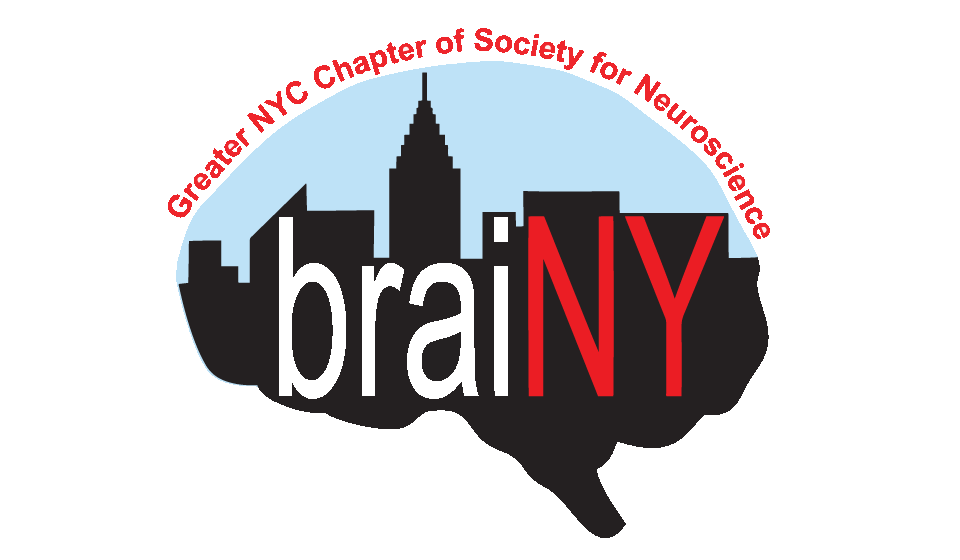Rishi Agrawal: Using Mouse Brains to Understand Concussions and Dementia
Rishi Agrawal is completing his PhD at Columbia University. Recently, we got to learn a little about his research on the connection between brain injury and degeneration.
There’s a lot we don’t know about the brain. Why do we remember some things but not others? Why do some people develop neurodegenerative diseases but not others? How similar or different are the individual cells that make up our brain? Much of this enigmatic organ is composed of ‘gray matter,’ an apt name. So we rely on MRI, CT or PET scans to understand what’s going on inside.
But the resulting images (also gray) don’t tell us as much as we’d like. So for decades, scientists have been trying to dig deeper. An alternative to murky scanning technology is using other organisms, like rodents, flies or individual cells cultured in a dish, to model the human brain. With these models, our research tools become limitless and our questions even more so.
In my neuroscience research group at Columbia University, our questions include: How do the 100 billion cells that comprise our brain talk to each other? What happens when we develop Alzheimer’s disease? What happens when we get a brain injury, and how do our brain cells recover? I’ve been trying to answer this last question during my time as a PhD student.
When I started my thesis research, my first job was to learn how to punch a mouse in the brain. Put the mouse to sleep, inject it with pain killer, make an incision on the top of the head, drill a hole in the skull, impact the brain with an automated metal rod, suture the mouse back up, and monitor its recovery. I performed this on a hundred mice to learn the surgery, and then I started investigating how their brains respond to trauma on the molecular level.
We learned that the brain’s ability to respond to injury is closely tied to how it metabolizes nutrients. Interestingly, the diet of individual brain cells doesn’t differ much from the diets of people. Both people and our brain cells eat carbs, fats and protein, and changes in nutrition lead to changes in function.
We found that fat metabolism is especially crucial in determining how successfully the brain recovers after injury. This is because half of our brain’s dry weight is fat, which is crucial for maintaining brain homeostasis. Neurotransmitters travel in fat-derived vesicles, axons are protected by a fatty substance called myelin, and cell-surface receptors that determine what signals the cells respond to are embedded in fatty membranes.
Brain injuries tear these membranes and cause the insides of our cells to leak out. This is among the most catastrophic events a cell can experience. In a scramble to stay alive, the cells start synthesizing more fat as fast as possible to reseal the broken membranes and return to normalcy. The better our brain cells make this happen, the better the brain can recover.
In my five years studying these molecular aspects of traumatic brain injury (TBI), I’ve come to realize that molecular data needs to be evaluated in the right context (epidemiological, population-level data) when trying to understand a deadly disease. Population data shows that, usually, people who have had a concussion or two don’t need to worry much. But those with a history of multiple, mild TBIs – such as military populations and athletes in high-contact sports – are at the greatest risk for later consequences, like Alzheimer’s disease.
For these groups, proper design and use of protective equipment is the most effective way to prevent long-term damage, aside from ceasing the activity altogether. Still, there are cases where damage surpasses the protection that head gear offers, and we need to understand the molecular response to those injuries too. We don’t have a therapy yet, but in 2018 the FDA approved the first blood biomarker test for TBI, which helps us quantify the severity of an injury event. From this information, we can develop individualized rest and recovery plans.
The science still has a long way to go, but it sure has come a long way since 1928, when pathologist Harrison Martland coined the term “punch drunk syndrome” to refer to the clumsiness, disorientation and speech problems that professional boxers commonly developed. In the meantime, the only advice I can give is to wear a helmet! In 2016, helmets saved almost 2,000 lives.
-Rishi Agrawal
